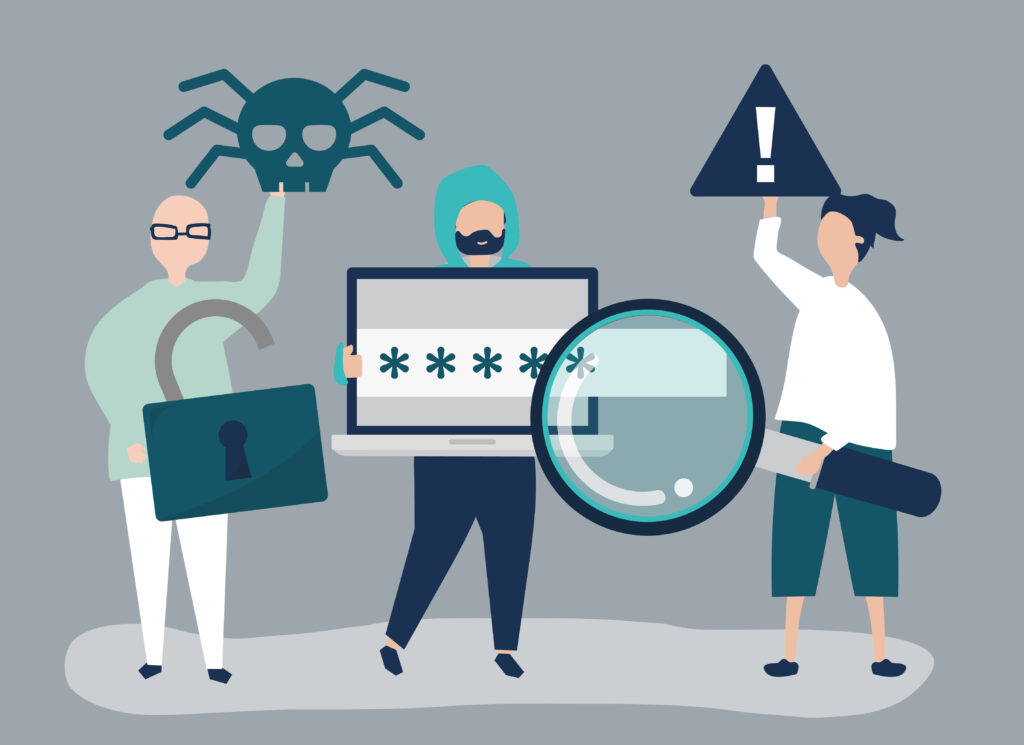Table of Contents
1. Introduction to End-to-End Encryption in WhatsApp
WhatsApp, one of the world’s most popular messaging platforms, is known for its robust security features, including end-to-end encryption. This encryption ensures that only the sender and recipient can read the messages, providing a high level of privacy and security.
2. Understanding the Need to Disable End-to-End Encryption
While end-to-end encryption is essential for protecting user data from unauthorized access, there may be situations where individuals or organizations seek to disable it for various reasons.
2.1. Surveillance and Monitoring
Government agencies or law enforcement may have a vested interest in accessing WhatsApp communications for surveillance purposes.
2.2. Compliance and Regulatory Requirements
Some organizations may need to comply with regulatory frameworks that require access to encrypted communications for auditing or legal purposes.
3. Risks and Concerns Associated with Disabling Encryption
Disabling end-to-end encryption poses significant risks to user privacy and security, as it opens up communication channels to potential interception and exploitation by malicious actors.
3.1. Data Breaches and Leaks
Without encryption, messages sent via WhatsApp become susceptible to interception by hackers or unauthorized third parties, leading to data breaches and leaks.

3.2. Unauthorized Access
Disabling encryption could enable unauthorized individuals or entities to access sensitive information shared through WhatsApp, compromising user confidentiality.
4. Methods to Disable End-to-End Encryption in WhatsApp
There are several methods through which end-to-end encryption in WhatsApp can be disabled, albeit with varying degrees of complexity and legality.
4.1. Method 1: Modifying Application Code
Skilled individuals may attempt to modify the WhatsApp application code to disable end-to-end encryption, although this method requires technical expertise and may violate terms of service.
4.2. Method 2: Exploiting Vulnerabilities
Exploiting security vulnerabilities in WhatsApp’s infrastructure or protocols can potentially disable end-to-end encryption, but this approach is highly unethical and may lead to legal repercussions.
4.3. Method 3: Using Third-party Tools
Certain third-party tools or applications claim to disable end-to-end encryption in WhatsApp, but users should exercise caution as these tools may compromise the integrity of their communications or violate privacy laws.
5. Legal and Ethical Implications
Disabling end-to-end encryption in WhatsApp raises significant legal and ethical concerns, particularly regarding user privacy, data protection, and surveillance.
6. Impact on Privacy and Security
The disabling of encryption in WhatsApp undermines user privacy and security, exposing individuals to the risk of unauthorized surveillance, data breaches, and privacy violations.
7. Potential Misuse and Abuse
The ability to disable end-to-end encryption in WhatsApp may be exploited by malicious actors for nefarious purposes, such as spying on individuals, conducting cyber attacks, or spreading misinformation.
8. Counterarguments and Debates
Proponents of disabling encryption argue that it is necessary for law enforcement and national security purposes, while opponents emphasize the importance of preserving user privacy and civil liberties.
9. Recommendations for Users
Users concerned about privacy and security should exercise caution when sharing sensitive information on WhatsApp and consider using alternative messaging platforms that prioritize end-to-end encryption.
10. WhatsApp’s Response and Measures
WhatsApp has reiterated its commitment to end-to-end encryption as a fundamental aspect of user privacy and security, implementing measures to enhance encryption protocols and protect against potential vulnerabilities.
11. Public Perception and Controversies
The debate surrounding the disabling of end-to-end encryption in WhatsApp has sparked controversies and divided public opinion, with stakeholders expressing divergent views on the balance between security and privacy.
12. Future of End-to-End Encryption
The future of end-to-end encryption remains uncertain, with ongoing debates and developments shaping the regulatory landscape and technological advancements in encryption technologies.
13. Alternative Messaging Platforms
Concerns about privacy and security have prompted users to explore alternative messaging platforms that offer robust end-to-end encryption and greater control over user data.
14. Conclusion
In conclusion, while the ability to disable end-to-end encryption in WhatsApp exists, it comes with significant risks and ethical considerations. Users must weigh the trade-offs between security and privacy and remain vigilant against potential threats to their digital communications.
15. FAQs
How to enable end-to-end encryption in WhatsApp?
To enable end-to-end encryption in WhatsApp, simply start a conversation with a contact or a group, and encryption will be automatically applied. There’s no separate setting to enable it; it’s a default feature of WhatsApp.
How to disable end-to-end encryption in WhatsApp on iPhone?
Unfortunately, there’s no option to disable end-to-end encryption in WhatsApp on iPhone. It’s a fundamental security feature of the app and cannot be turned off.
How to disable end-to-end encryption on Android?
Similarly, you cannot disable end-to-end encryption on Android. It’s a core feature of WhatsApp to ensure the security and privacy of your messages.
How to turn off end-to-end encryption in messages?
End-to-end encryption in WhatsApp messages cannot be turned off. It’s a built-in feature designed to protect your privacy and security.
How to disable end-to-end encryption in WhatsApp on Android or Samsung?
As with other devices, you cannot disable end-to-end encryption in WhatsApp on Android or Samsung devices. It’s a standard security measure of the app.


2 thoughts on “How to Disable End-to-End Encryption in WhatsApp”